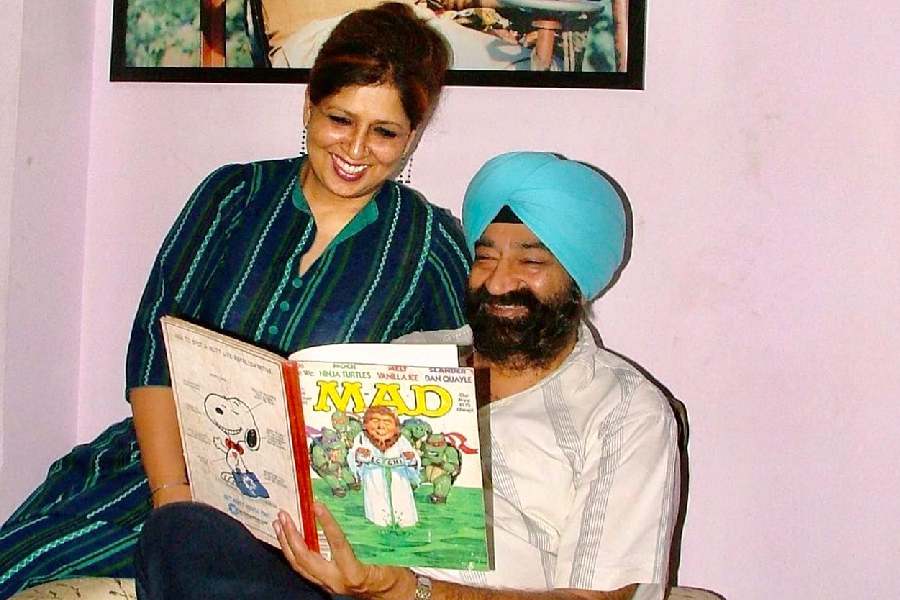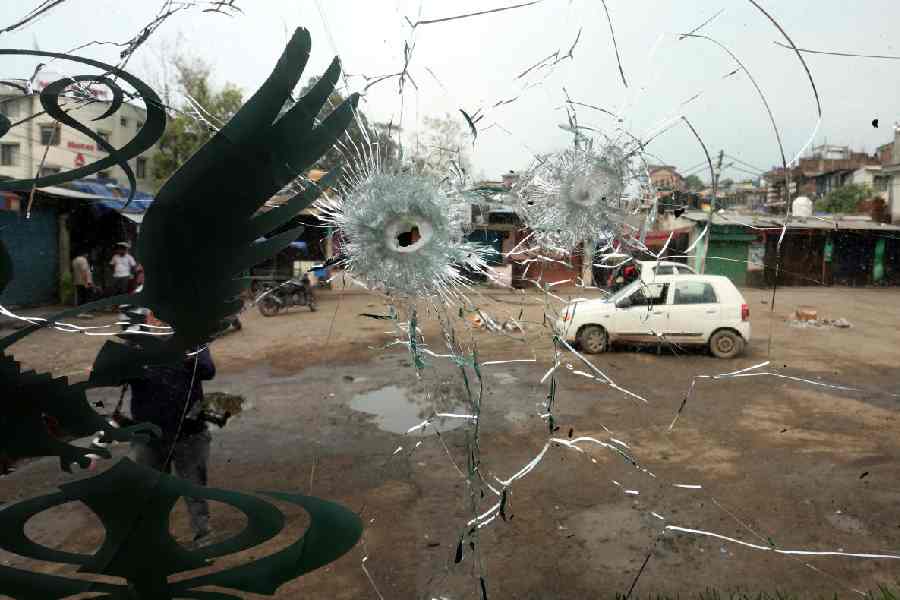| |
| |
| |
| |
|
It is easy to get dazzled by the splendour of Mughal art and architecture — to the extent that we often tend to lose sight of the intimate histories that haunt the monuments and artefacts surviving from that era. MADE FOR MUGHAL EMPERORS: ROYAL TREASURES FROM HINDUSTAN (Roli, Rs 4,500) by Susan Stronge is an ambitious volume that seeks to tell the lives of the great Mughals by taking the readers on a visual tour of the palaces they lived in and by making them revisit the paintings these rulers took pleasure in. The result is a lavishly produced coffee-tabler that brings together a number of fascinating facts and visual documents going back to the Mughal period.
The chapters are concise, to the point of being laconic at times, but full of stirring information recounted in a perfectly even tone. An astute commentator, Stronge leaves sharp pointers for the curious reader to pursue further. The chapter, “The Concealed World of the Zanana”, opens with a testimony of one Sir Thomas Roe, who visited the court of Jahangir in 1616. In his diary, the foreigner recorded his fleeting glimpse of the royal ladies, screened behind a curtain at a window nearby, with serendipitous glee. Immediately after this, Stronge goes on to discuss paintings depicting royal births in the harem. This digression gives a new spin to notions of seclusion, privacy, access and art in the Mughal court.
Not surprisingly, the most interesting section of the book deals with arguably the most interesting monarch among the Mughals, Akbar. We are taken into the emperor’s famous atelier, Taswir Khana, where figural painting was undertaken, as also into the Kitab Khana, the House of Books. Hailed for his legendary tolerance of different religions, Akbar encouraged some of the most audaciously imaginative literary-artistic experiments during his reign. On left, we see Zayn al-Abidin’s illustration of Hanuman bringing the mountain of healing herbs, accompanying Abdur Rahim’s Ramayana (c. 1590).
Following his father’s example, Prince Salim, better known as Emperor Jahangir, turned out to be a connoisseur of the arts as well. He became particularly interested in the natural world and commissioned several artists to illustrate, on the spot, the animal or flower that he would describe in his ongoing diary. The artist, Mansur, whose rare depiction of tulips (c. 1620) appears on middle top, was one of Jahangir’s travel companions. Curiously, one detects in him the influence of European botanical painters. The zebra, on right-hand bottom corner, was also completed by the same man, honoured as Nader al-Asri by his patron.
Finally, on top right is a marmoreal image of Shah Jahan, preserved in the Rijksmuseum, Amsterdam. It was carved by a northern European artist, probably in the Mughal royal service, around 1650. And the exquisite little cup, carved from a single emerald and inscribed with Persian verses, is part of the al-Sabah collection in the Kuwait National Museum.















